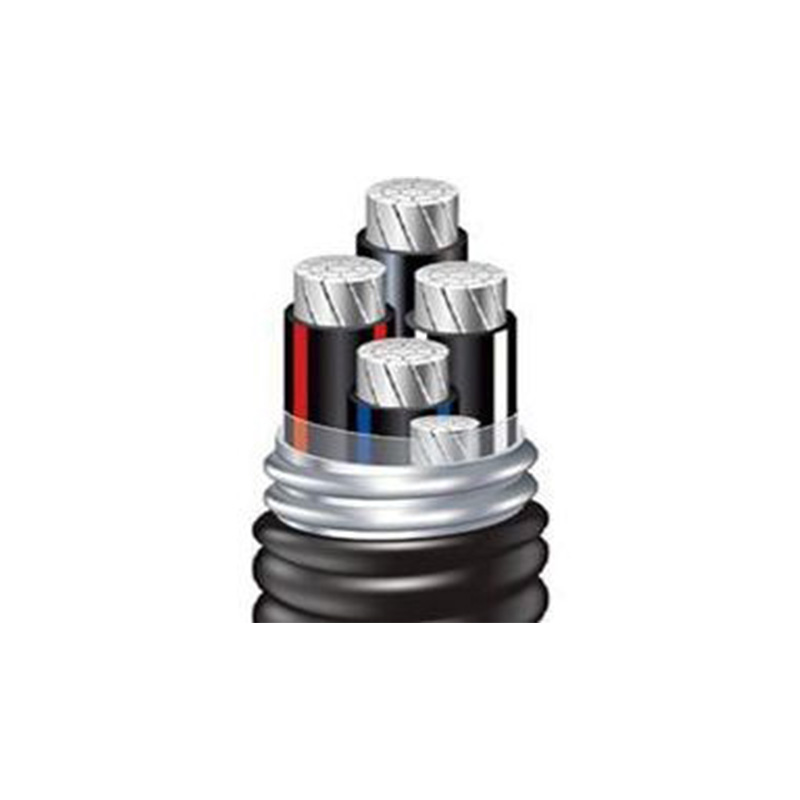دېكابىر . 18, 2024 18:39 Back to list
High-Performance Carbon Steel Ball Check Valve for Efficient Fluid Control
Carbon Steel Ball Check Valve A Comprehensive Overview
In the realm of fluid dynamics and industrial applications, the ball check valve stands out as a crucial component ensuring non-return functionality. Among the various materials used to fabricate these valves, carbon steel is widely favored due to its advantageous properties, making it a prominent choice for a myriad of applications. In this article, we will explore the features, benefits, applications, and maintenance considerations associated with carbon steel ball check valves.
What is a Ball Check Valve?
A ball check valve is a type of one-way valve that allows fluid to flow in one direction while preventing backflow. This mechanism is achieved through the use of a spherical ball that sits in a seat. When fluid flows in the designated direction, the ball is pushed away from its seat, allowing passage. Conversely, if the flow reverses, the ball is forced back against the seat, effectively sealing the valve and preventing any fluid from flowing back.
Advantages of Carbon Steel Over Other Materials
Carbon steel is an alloy composed primarily of iron and carbon. It offers several advantages when used in manufacturing ball check valves
1. Strength and Durability Carbon steel exhibits excellent strength and resistance to wear and tear, making it ideal for high-pressure applications. Its mechanical properties ensure that the valve can withstand harsh conditions without deforming or failing.
2. Cost-Effectiveness Compared to other materials such as stainless steel or brass, carbon steel is relatively inexpensive. This cost-effectiveness makes it an attractive option for industries requiring large quantities of valves.
3. Versatility Carbon steel ball check valves can be easily manufactured in various sizes and configurations, allowing for custom solutions tailored to specific operational needs.
4. Heat Resistance Carbon steel is capable of withstanding elevated temperatures, which is crucial for applications involving hot fluids or steam.
Applications of Carbon Steel Ball Check Valves
Carbon steel ball check valves find extensive use across diverse industries. Some of the primary applications include
carbon steel ball check valve

1. Water and Wastewater Management In municipal water systems, these valves prevent backflow in pipelines, ensuring the cleanliness of drinking water and preventing contamination.
2. Oil and Gas Industry Carbon steel ball check valves are utilized in drilling and transportation systems, where their ability to handle high pressures and temperatures is indispensable.
3. Chemical Processing The chemical industry often employs these valves in various processes to prevent backflow of chemicals, ensuring safety and maintaining system integrity.
4. Power Generation In power plants, carbon steel ball check valves regulate the flow of water and steam, preventing backflow that could damage equipment.
Maintenance Considerations
While carbon steel ball check valves are robust and reliable, regular maintenance is essential to ensure their longevity and optimal performance. Here are a few maintenance tips
1. Regular Inspections Periodically inspect the valve for signs of wear, corrosion, or leakage. Early detection of issues can prevent system failures.
2. Cleaning Depending on the fluid being transported, contaminants can accumulate over time. Regular cleaning is necessary to maintain smooth operation and prevent blockages.
3. Proper Installation Ensure that the valve is correctly installed following manufacturer guidelines. Incorrect installation can lead to premature failure and operational inefficiencies.
4. Lubrication Components that require moving parts should be lubricated following manufacturer recommendations to minimize friction and wear.
Conclusion
In summary, carbon steel ball check valves are vital components in ensuring the effective and safe management of fluid systems across various industries. Their strength, durability, and cost-effectiveness make them a preferred choice in applications ranging from water treatment to oil and gas transportation. Understanding the features and maintenance needs of these valves can help operators maximize their operational efficiency and ensure system reliability. With ongoing technological advancements, the use of carbon steel in valve manufacturing is expected to evolve, further enhancing performance standards in the industry.
Share
-
Reliable Wafer Type Butterfly Valves for Every IndustryNewsJul.25,2025
-
Reliable Flow Control Begins with the Right Ball Check ValveNewsJul.25,2025
-
Precision Flow Control Starts with Quality ValvesNewsJul.25,2025
-
Industrial Flow Control ReliabilityNewsJul.25,2025
-
Engineered for Efficiency Gate Valves That Power Industrial PerformanceNewsJul.25,2025
-
Empowering Infrastructure Through Quality ManufacturingNewsJul.25,2025